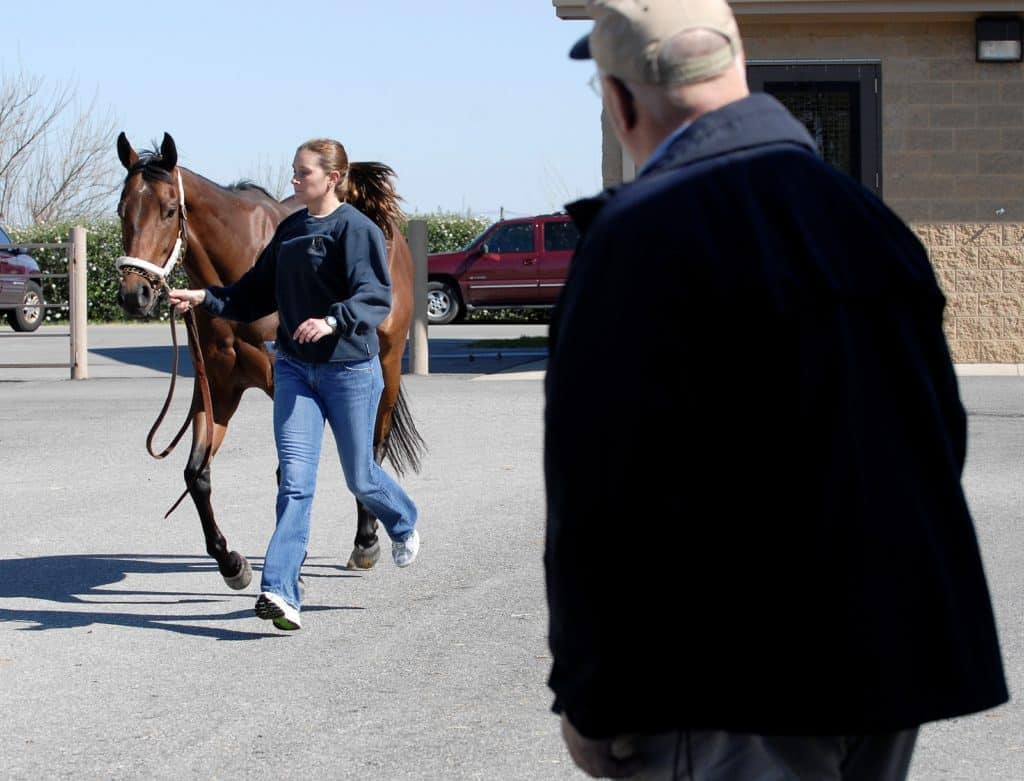Minnesota Makes Racehorse Drug Threshold Changes
The new guidelines will be “based on the latest science, testing technology, and veterinarian expertise.”
The new guidelines will be “based on the latest science, testing technology, and veterinarian expertise.”

Researchers are evaluating the safety of a new injectable treatment modality for SDFT injuries.
The colt sustained a long pastern chip fracture during Saturday’s Kentucky Derby.

At the center of vet checks is a close examination for signs of general illness, injury, or lameness.

Some veterinarians are adding a new tool to their lameness diagnosis arsenal
Parker, the horse vanned off yesterday’s cross-country course, has no serious injuries.
The last congressional hearing on horse racing was held in June 2008 and dealt with similar issues.
Veterinarians diagnosed 5-year-old mare with lateral middle distal sesamoidean ligament desmitis on April 23.

One researcher relayed that it could be possible to identify horses at risk for injury before accidents occur.
The database consists of data from NYSRWB employees at every Thoroughbred and Standardbred track in the state.

Hyperbaric oxygen therapy might benefit horses with certain injuries or illnesses; more research is needed.
In the wake of a March 25 New York Times report, Udall renewed his call for safety and integrity regulation.

One researcher noted that some defects not visible on radiographs (X rays) were easily identified via MRI.
The panel will provide insight on various health issues for the CHRB Medication and Track Safety Committee.

More than a dozen racetracks have committed to publishing their statistics from the Equine Injury Database.

One researcher concluded that when dosing PBZ in the horse, “More is not better. Less is less effective.”
Stay on top of the most recent Horse Health news with
"*" indicates required fields